Calculus AB Flashcards
1/116
Earn XP
Description and Tags
Name | Mastery | Learn | Test | Matching | Spaced |
|---|
No study sessions yet.
117 Terms
sin (0)
0
cos (0)
1
tan (0)
0
sin (π/6)
1/2
cos (π/6)
√3/2
tan (π/6)
√3/3
sin (π/4)
√2/2
cos (π/4)
√2/2
tan (π/4)
1
sin (π/3)
√3/2
cos (π/3)
1/2
tan (π/3)
√3
sin (π/2)
1
cos (π/2)
0
tan (π/2)
undefined
sec (0)
1
sec (π/6)
2√3/3
sec (π/4)
√2
sec (π/3)
2
sec (π/2)
undefined
csc (0)
undefined
csc (π/6)
2
csc (π/4)
√2
csc (π/3)
2√3/3
csc (π/2)
1
cot (0)
undefined
cot (π/6)
√3
cot (π/4)
1
cot (π/3)
√3/3
cot (π/2)
0
|x|/x
±1
√25x²
|5x|
lim θ→0 sinθ/θ
1
lim θ→0 (1-cosθ)/θ
0
sin²θ + cos²θ
1
ln e
1
ln 1
0
x⁵√x³
x¹³/²
factor x³+27
(x+3)(x²-3x+9)
factor x³-64
(x-4)(x²+4x+16)
d/dx ln x
1/x
d/dx e^x
e^x
d/dx √x
1/2√x
d/dx sin(x)
cos(x)
d/dx cos(x)
-sin(x)
d/dx tan(x)
sec²(x)
d/dx sec(x)
sec(x)tan(x)
d/dx csc(x)
-csc(x)cot(x)
d/dx cot(x)
-csc²(x)
d/dx f(x)g(x)
f(x)g'(x)+g(x)f'(x)
d/dx f(x)/g(x)
g(x)f'(x)-f(x)g'(x)/g²(x)
d/dx f(g(x))
f'(g(x))g'(x)
s(t) represents
position function
s'(t) represents
velocity function
s''(t) represents
acceleration function
when can we use dominant term shortcuts to evaluate limits?
when lim x→±infinity
what is the formula we use for the definition of the derivative?
f'(x) = lim h→0 f(x+h)-f(x)/h
what do we have to check as the definition of continuity?
1. lim x→c f(a) exists
2. f(a) exists
3. lim x→c f(a) = f(a)
What three things must be true in order for us to use the Intermediate Value Theorem?
1. continuous on [a,b]
2. f(a)≠f(b)
3. By IVT, there does exist a value c since f(x) takes on all values a < x < b
parent function of cos
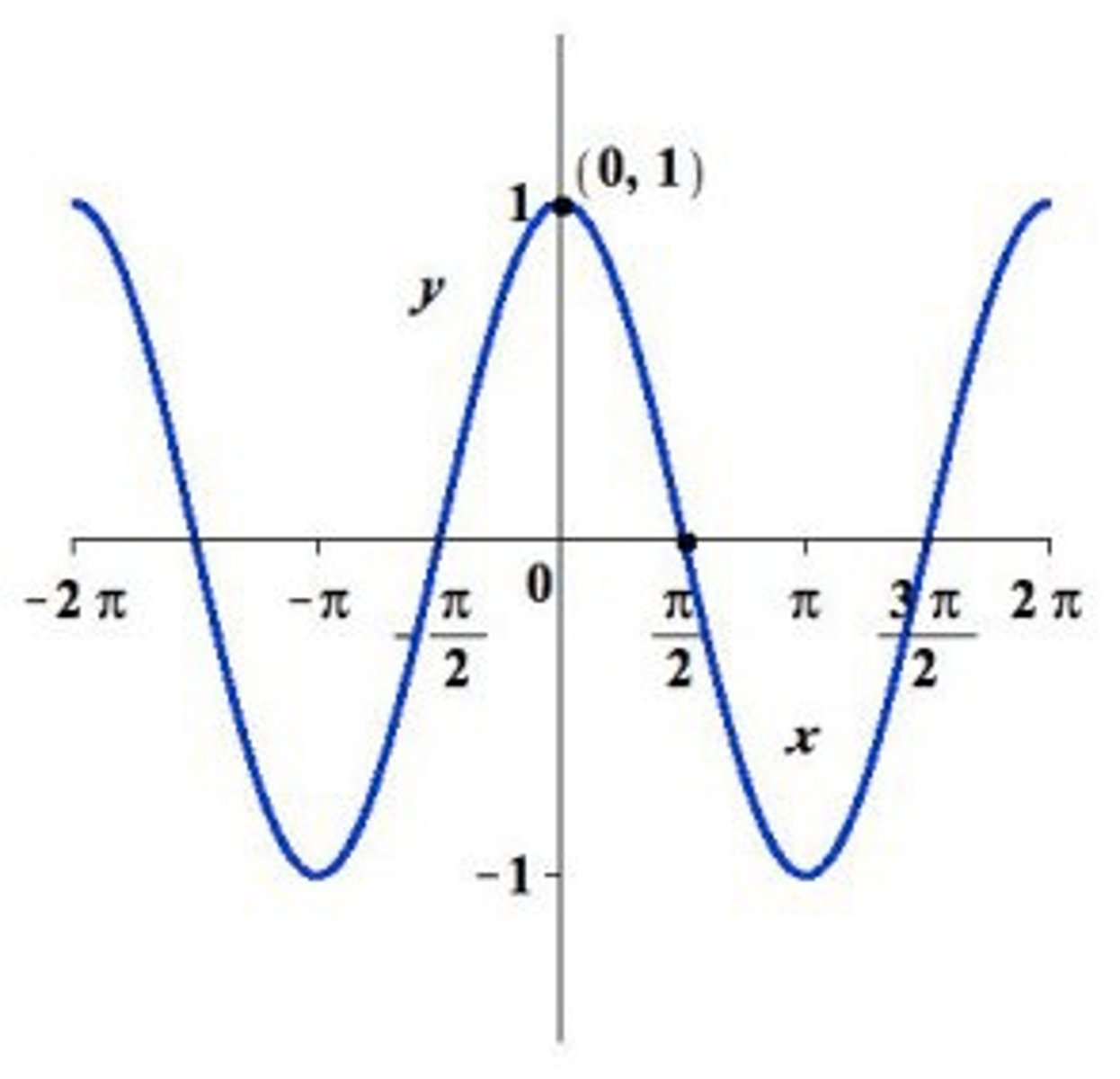
parent function of sin
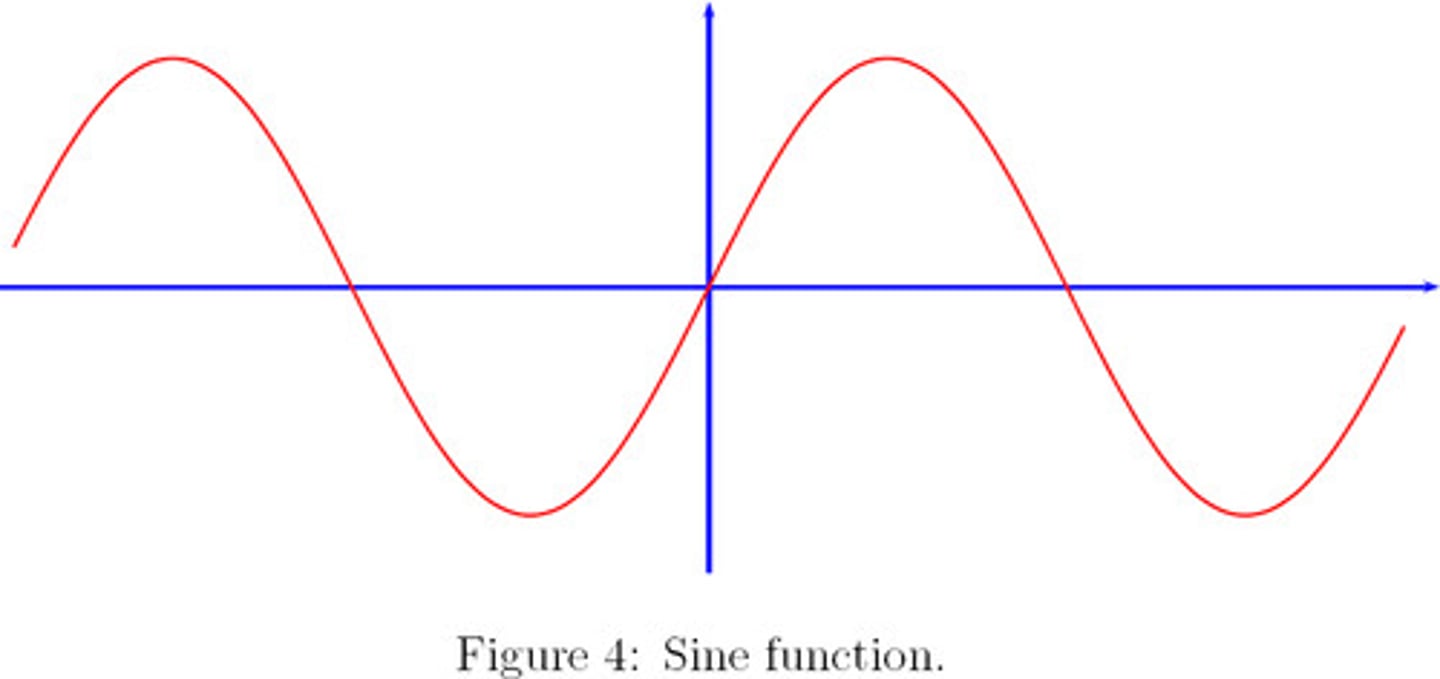
parent function of x²
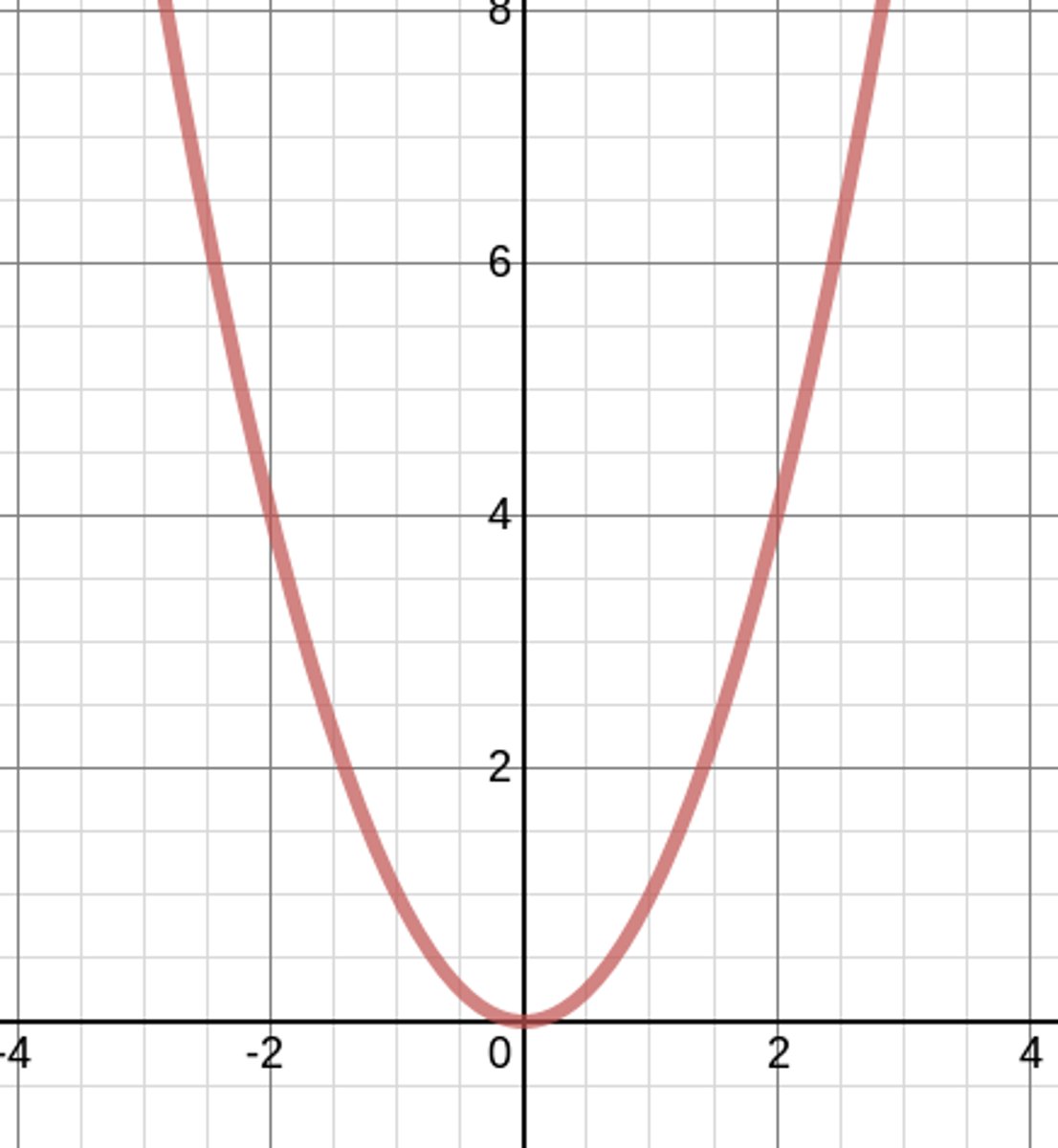
parent function of |x|
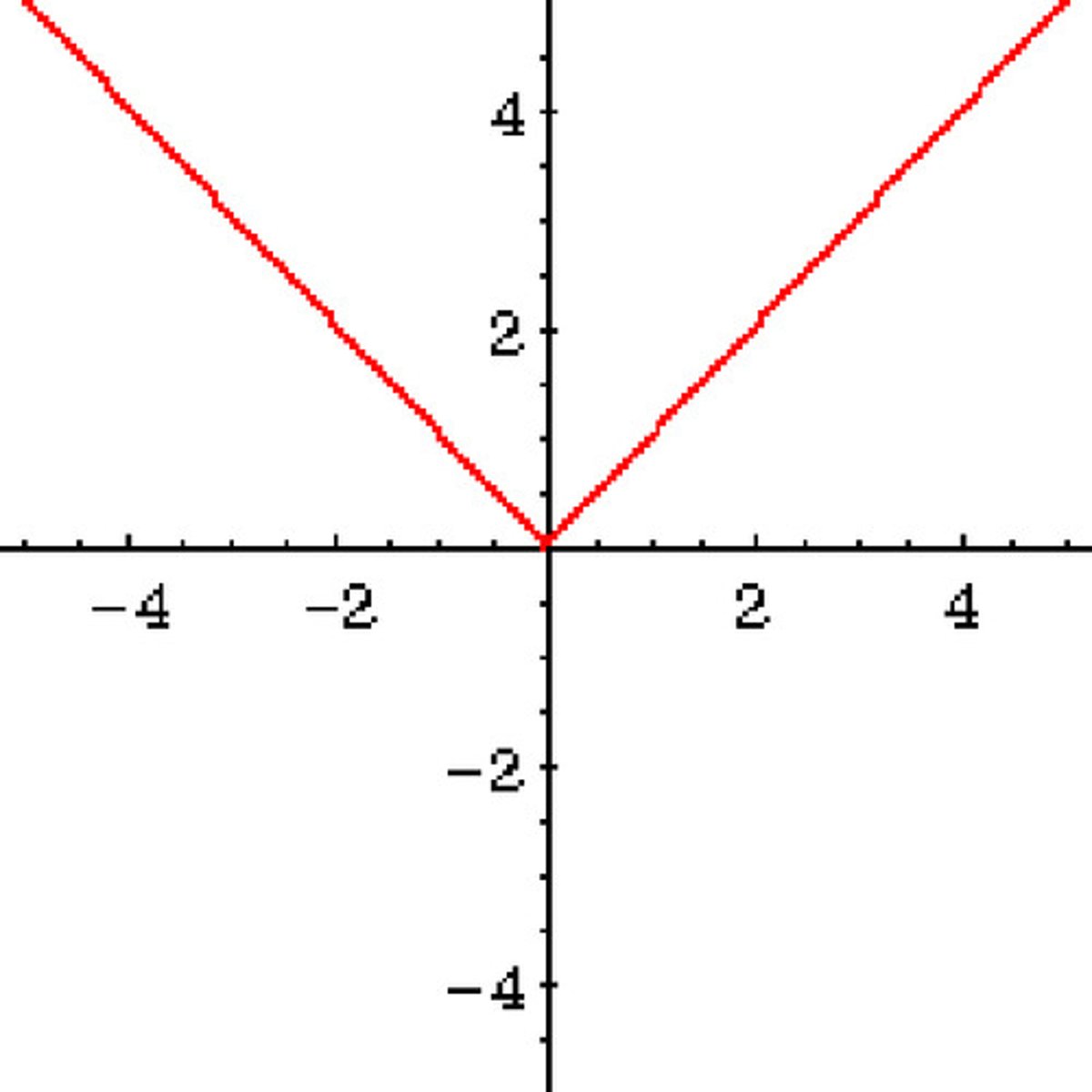
parent function of x³
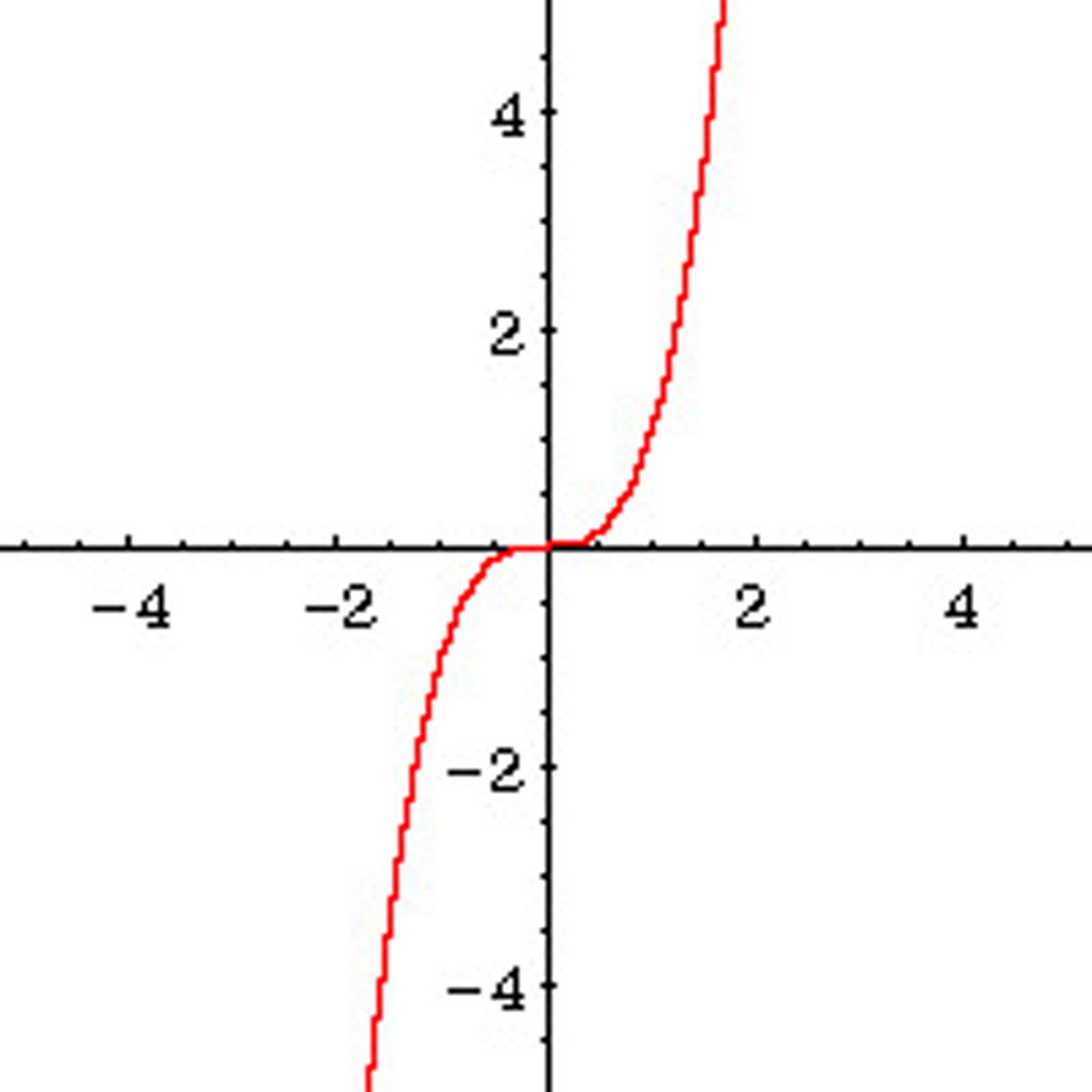
parent function of √x
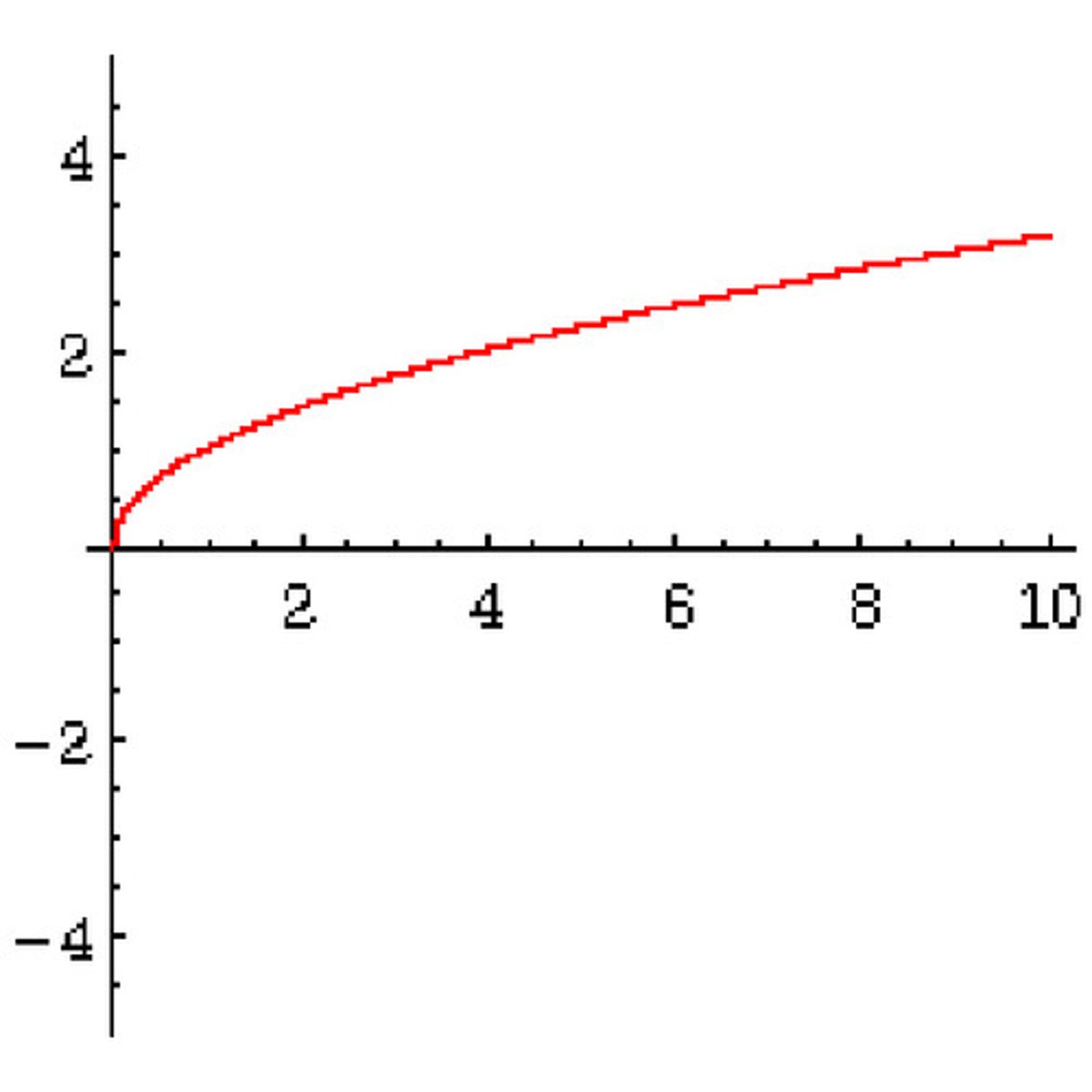
parent function of 1/x (rational function)
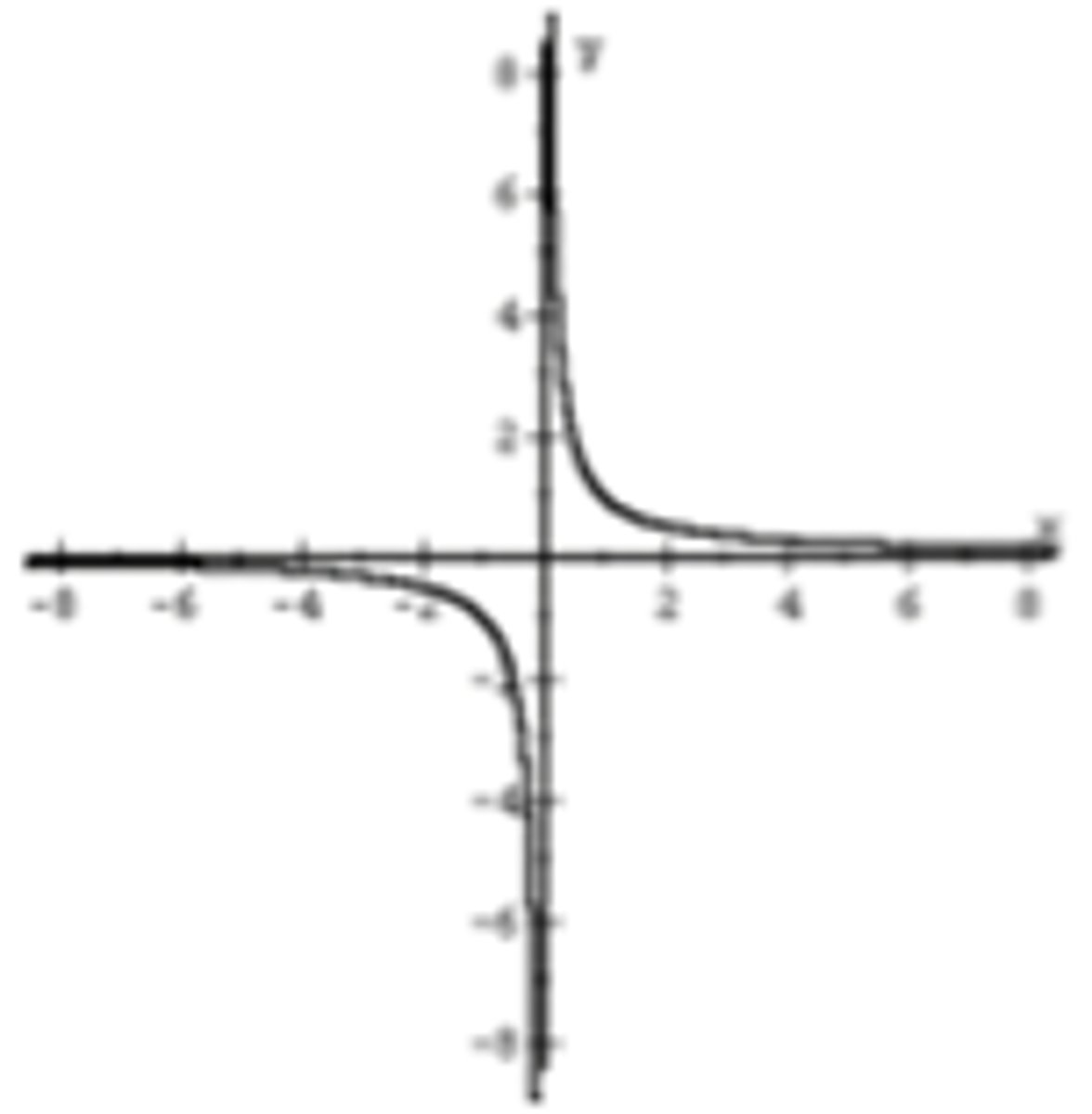
parent function of e^x
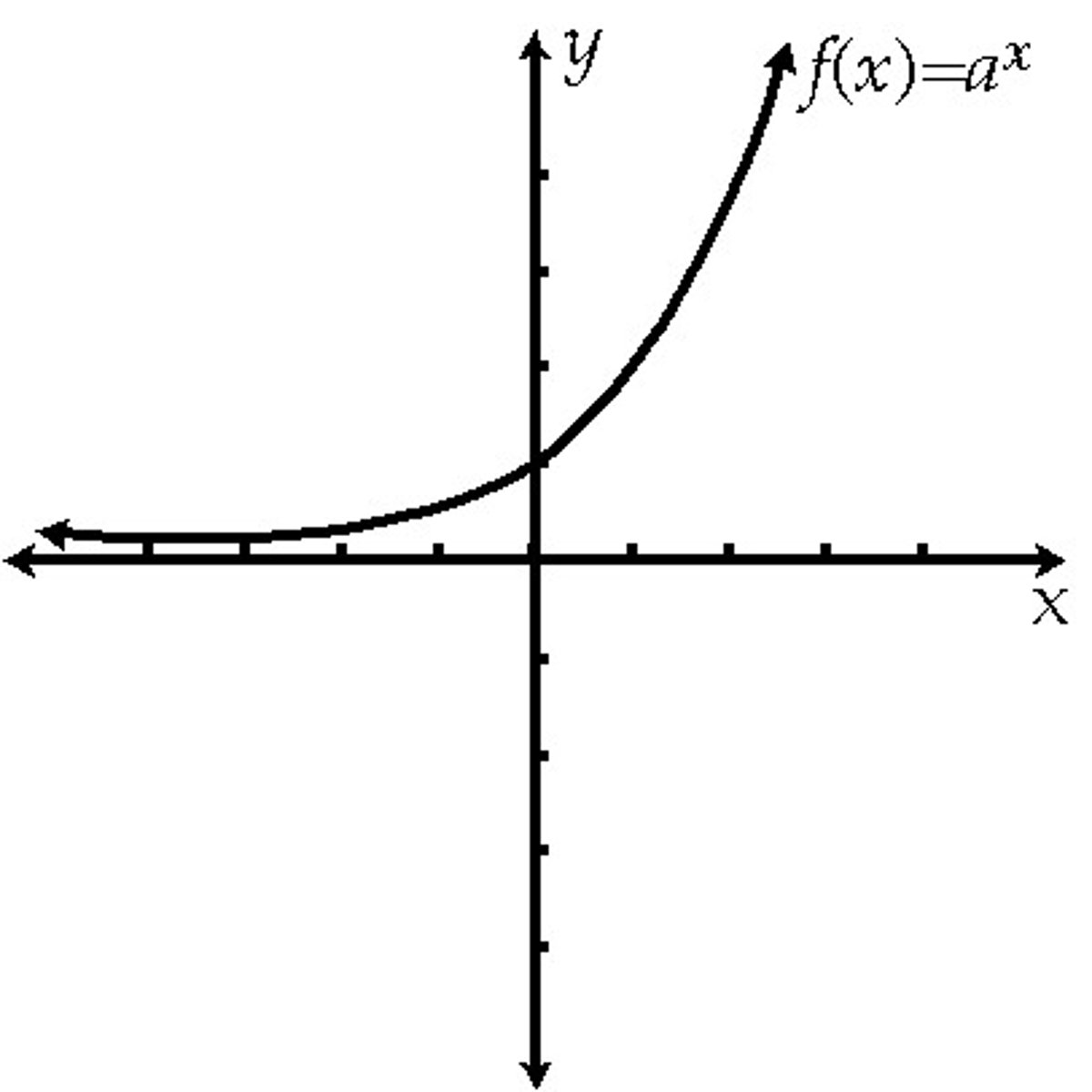
parent function of ln x
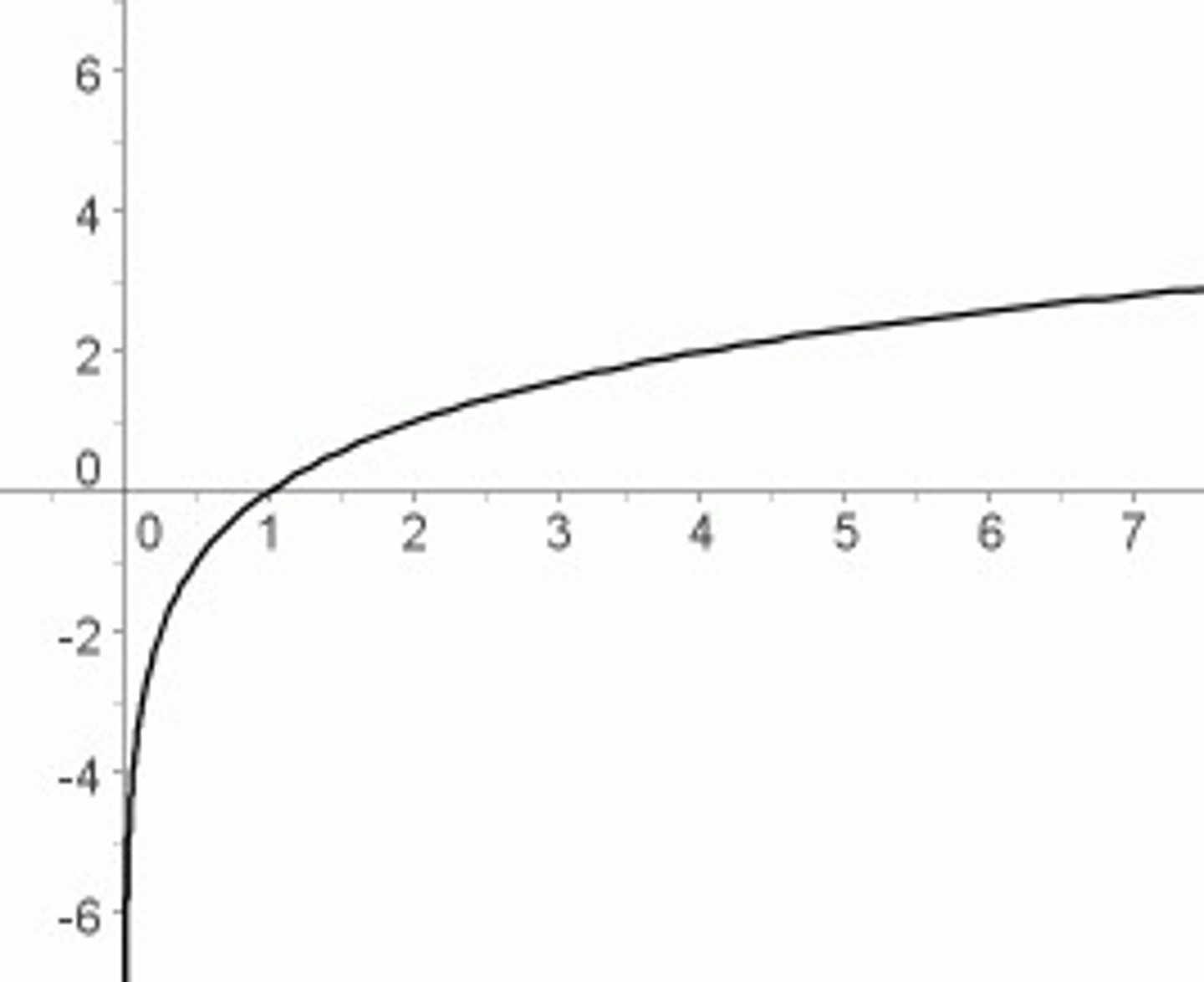
parent function of 1/x²
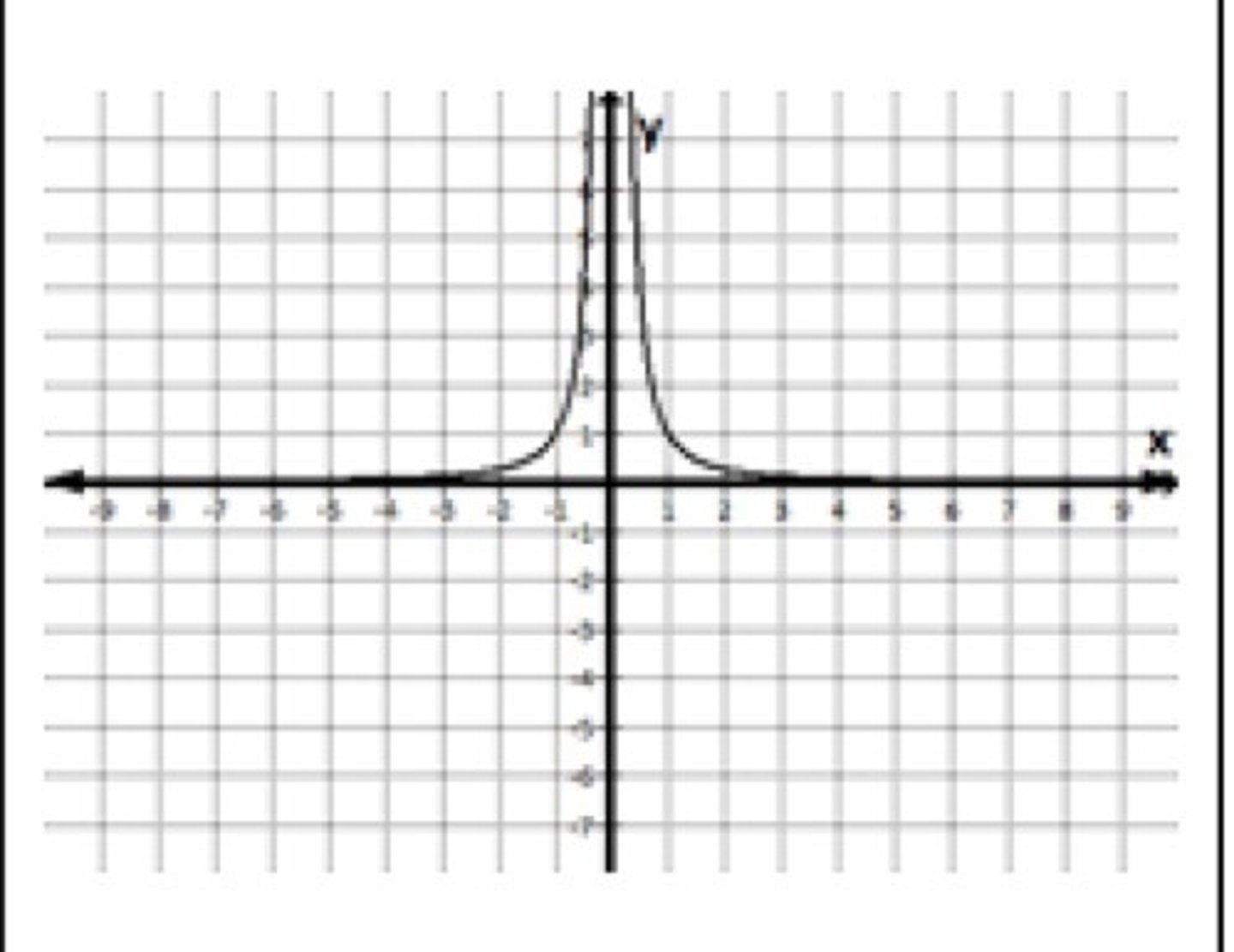
parent function of √a²-x² (semicircle)

√x²
|x|
aroc
f(b)-f(a)/b-a
1/cosx
secx
1/sinx
cscx
1/tanx
cotx
sinx/cosx
tanx
cosx/sinx
cotx
rewrite 5/x² so it is no longer a fraction
5x⁻²
rewrite √x so it has a rational exponent
x½
d/dx √x
1/2√x
rewrite x⁵√x² with a single rational exponent
x⁶
ln 4
2 ln 2
d/dn aⁿ
ln(a) × aⁿ
d/dx log(base a)x
1/ln(a) × aⁿ
d/dx arcsin(u)
u'/√1-u²
d/dx arccos (u)
-u'/√1-u²
d/dx arctan (u)
u'/1+u²
π(x) =
R(x) - C(x)
error
actual - estimated
ln (y/x)
ln(y) - ln(x)
ln (yx)
ln(y) + ln(x)
how do you know if an object is speeding up?
acceleration and velocity have THE SAME sign
how do you know if an object is slowing down?
acceleration and velocity have OPPOSITE signs
|8x|/8x
±1
rewrite 2 ln 6 in a different form
ln 36
∫cos(x)dx
sinx + c
∫sin(x)dx
-cos(x) + c
∫sec(x)tan(x)dx
sec(x) + c
∫sec²(x)dx
tan(x) + c
∫csc(x)cot(x)dx
-csc(x) + c